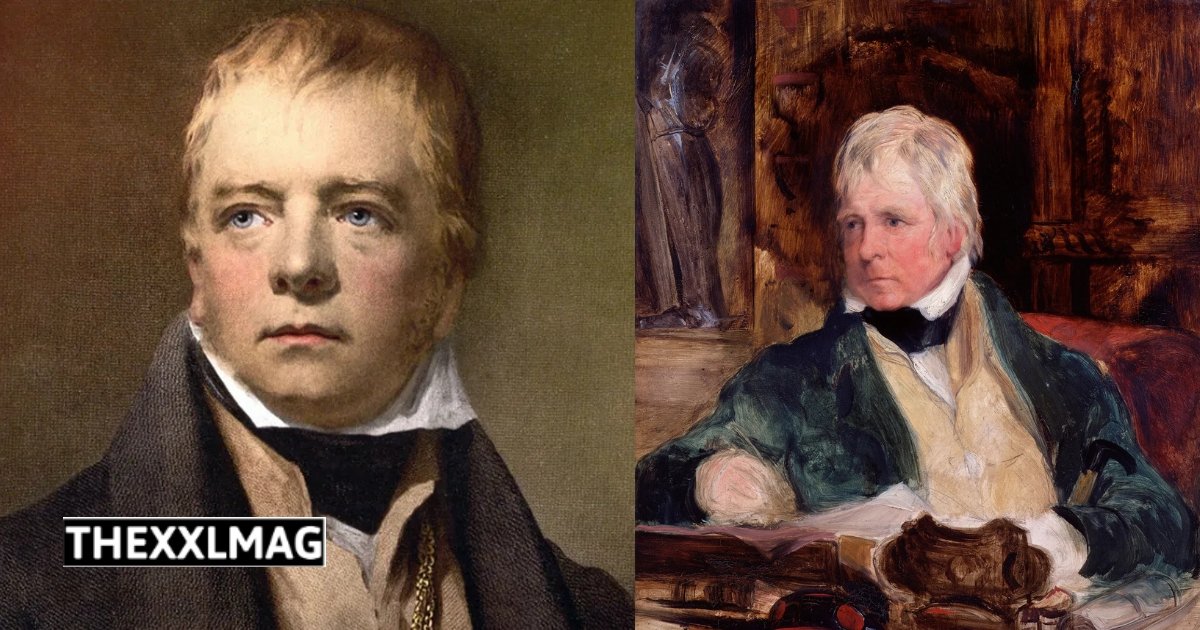In 1778, Scotland was a land of proud heritage, steeped in tradition and historical significance. This was a time when family names carried deep roots, and clans were bonded by loyalty and identity. Robert MacDonald and Margaret Kennedy, two individuals from different backgrounds, symbolize the essence of Scottish heritage and the era’s cultural landscape. This article explores the lives of Robert MacDonald and Margaret Kennedy, their union, and the historical context that shaped their story.
Overview of Scotland in 1778
The Historical Landscape
Scotland in 1778 was in the aftermath of the Jacobite Rebellion, which had significantly affected Highland and Lowland communities. The period following the rebellion saw social and political changes that impacted everyday life, especially for Scottish families like the MacDonalds and the Kennedys.
Key Cultural Aspects
Scottish culture in the late 18th century was rich in tradition, with music, folklore, and clan pride playing pivotal roles in community life. Bagpipes, tartans, and Gaelic language were common symbols that united clans and served as markers of identity.
Who Were Robert MacDonald and Margaret Kennedy?
The Family Background of Robert MacDonald
Robert MacDonald hailed from a well-known clan with a history that traced back generations. The MacDonald name was synonymous with resilience and pride, especially for those in the Highlands, where the clan’s influence was especially strong.
The Heritage of Margaret Kennedy
Margaret Kennedy came from the Kennedy clan, which was renowned for its own legacy. The Kennedys were known for their loyalty and values, and the marriage of Margaret into the MacDonald family brought two strong traditions together.
Marriage and Union of Robert MacDonald and Margaret Kennedy
The Traditional Wedding Customs
In the 18th century, weddings were marked by traditional rituals, and the marriage of Robert and Margaret would have followed these customs closely. Highland weddings often involved festive gatherings with music, dancing, and family blessings that bound the couple to the larger clan.
The Importance of Family Alliances
Marriage was not just a union between two individuals but also an alliance between families. For Robert and Margaret, their marriage symbolized a merging of the MacDonald and Kennedy legacies, fostering unity and strength.
Life in 18th Century Scotland for Couples
Economic Conditions
Scotland’s economy in the 1700s was primarily agrarian, with families like Robert and Margaret’s relying on farming and land cultivation. The couple would have faced the same economic struggles as others, balancing crop yields and managing land ownership issues.
Social Expectations and Roles
Social norms were well-defined, with men taking up roles as providers and protectors, while women managed the household. Margaret’s responsibilities would have included looking after the home, raising children, and supporting her husband in various capacities.
Impact of the Jacobite Rebellion on Families
Effects on Highland Clans
The Jacobite Rebellion left a lasting impact on clans, especially in the Highlands, where the MacDonalds were based. Families like Robert’s dealt with the repercussions, including restricted rights and economic hardships.
Influence on Family Life
For families affected by the rebellion, life took on a different tone, with increased awareness of loyalty and identity. Robert and Margaret’s story likely reflects resilience and adaptation to the changed circumstances brought about by the conflict.
The Role of Scottish Clans in Society
The MacDonald Clan’s Influence
The MacDonald clan was influential, with many members holding important positions within their communities. Clan loyalty was paramount, and Robert’s identity as a MacDonald would have deeply influenced his values and responsibilities.
Kennedy Family Ties
The Kennedy family, known for their loyalty, brought their own strengths to the union. Margaret’s Kennedy lineage would have added a layer of pride and tradition to their household, reinforcing the importance of heritage.
Religion and Spirituality in 1778
Common Beliefs and Practices
Religious life in 1778 Scotland centered on Christianity, with Protestantism prevalent in many communities. Church gatherings were a significant part of social life, shaping moral values and family interactions.
Influence on Family Life
Religious practices influenced family life, with Sundays often reserved for worship and reflection. Robert and Margaret’s household would have adhered to these customs, instilling faith and values in their children.
Economic Challenges and Farming Life
Farming as a Way of Life
Farming was the primary livelihood, with families dependent on the land. The MacDonald and Kennedy families were likely involved in agriculture, working together to sustain their household.
Land Ownership Issues
Land ownership was complex, with many families struggling to retain their property due to political influences and economic pressure. These issues would have affected Robert and Margaret, as land was crucial for survival and stability.

Emigration and Migration Trends in the Late 1700s
Economic challenges prompted many Scots to consider emigration, particularly to America. Though there’s no record of Robert and Margaret emigrating, many of their contemporaries sought new opportunities abroad.
Legacy and Descendants of Robert MacDonald and Margaret Kennedy
Historical Records and Ancestry
Historical records trace the legacy of families like the MacDonalds and Kennedys, showcasing the resilience of these clans. Descendants of Robert and Margaret have inherited a proud lineage that remains respected.
Impact on Future Generations
Robert and Margaret’s descendants would carry forward their values, forming a part of Scotland’s enduring history and cultural fabric. Their legacy lives on in the stories and genealogies passed down through generations.
The Importance of Family Names and Heritage
In Scotland, family names carry significant meaning, reflecting one’s heritage and history. For the MacDonald and Kennedy families, these names are not just identifiers but symbols of resilience, pride, and tradition.
Conclusion
Robert MacDonald and Margaret Kennedy’s lives reflect the rich tapestry of 18th-century Scotland, with its traditions, challenges, and enduring pride. Their story is a testament to the values that shaped Scottish society and continue to resonate with their descendants.

